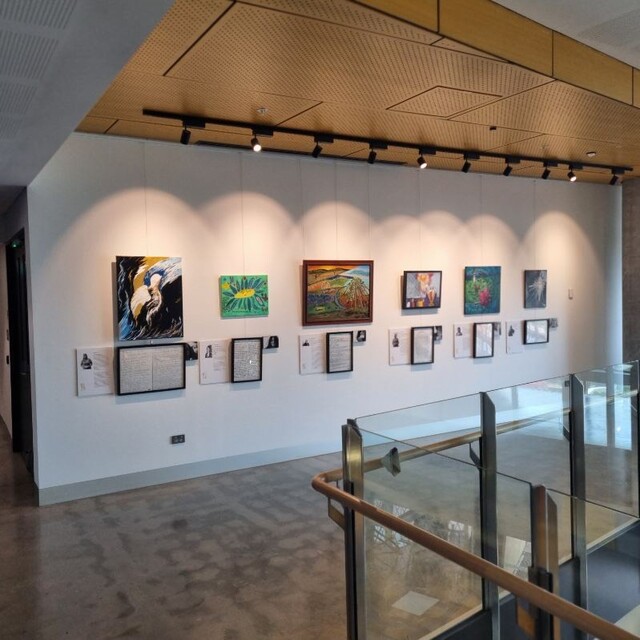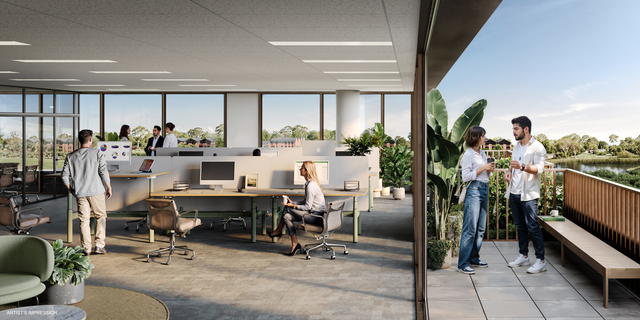Preserving land for the Outer Metropolitan Ring Road and E6 has been named as one of Victoria’s top infrastructure priorities by Infrastructure Australia.
The independent infrastructure adviser recently released a priority list of projects and initiatives valued at more than $55 billion it says are essential to address worsening congestion in Australia.
It listed upgrading three sections of the M80 ring road between Plenty Road and the Greensborough Highway, Sydney and Edgars roads, and the Princes Freeway and Western Highway; increasing capacity on the state’s rail network; and preserving land for the Outer Metropolitan Ring Road and E6 corridor among high-priority projects for Victoria.
According to Infrastructure Australia, land for the Outer Metropolitan Ring Road (connecting the outer-south west with the outer north) and the E6 (connecting Thomastown and Beveridge) should be acquired “as it becomes available” over the next five years.
Whittlesea city, transport and presentation director Nick Mann said Infrastructure Australia’s recommendation was welcomed by the council.
“Infrastructure Australia’s assessment that acquiring land for the E6 is a high priority for the nation recognises the impacts of congestion on our community,” he said.
“The lives of our community are impacted daily by the city’s congested roads, impacting the health of our residents and the ability for families to spend time together.
“The development of the E6 corridor, along with the upgrade of the city’s arterial road network, is key to unlocking the city’s road congestion.”
The report also recommends the development of alternative transport services for the northern growth corridor, warning that the Hume Freeway will become the most congested corridor in Victoria by 2031, with delays costing $172 million each year.
It also warns that the Craigieburn train line will be four times above capacity by 2031, making it the most crowded in Melbourne. Other recommendations include the creation of a rail link to Melbourne Airport and the construction of a third runway at the airport.
Infrastructure Australia chair Julieanne Alroe said the list was based on more than 500 submissions from governments, stakeholder groups and the community.
“These are the strategic investments recommended … to best meet the connectivity needs of Australia’s growing cities, strengthen our global role as an exporter of goods and services and make our infrastructure more resilient,” she said.






